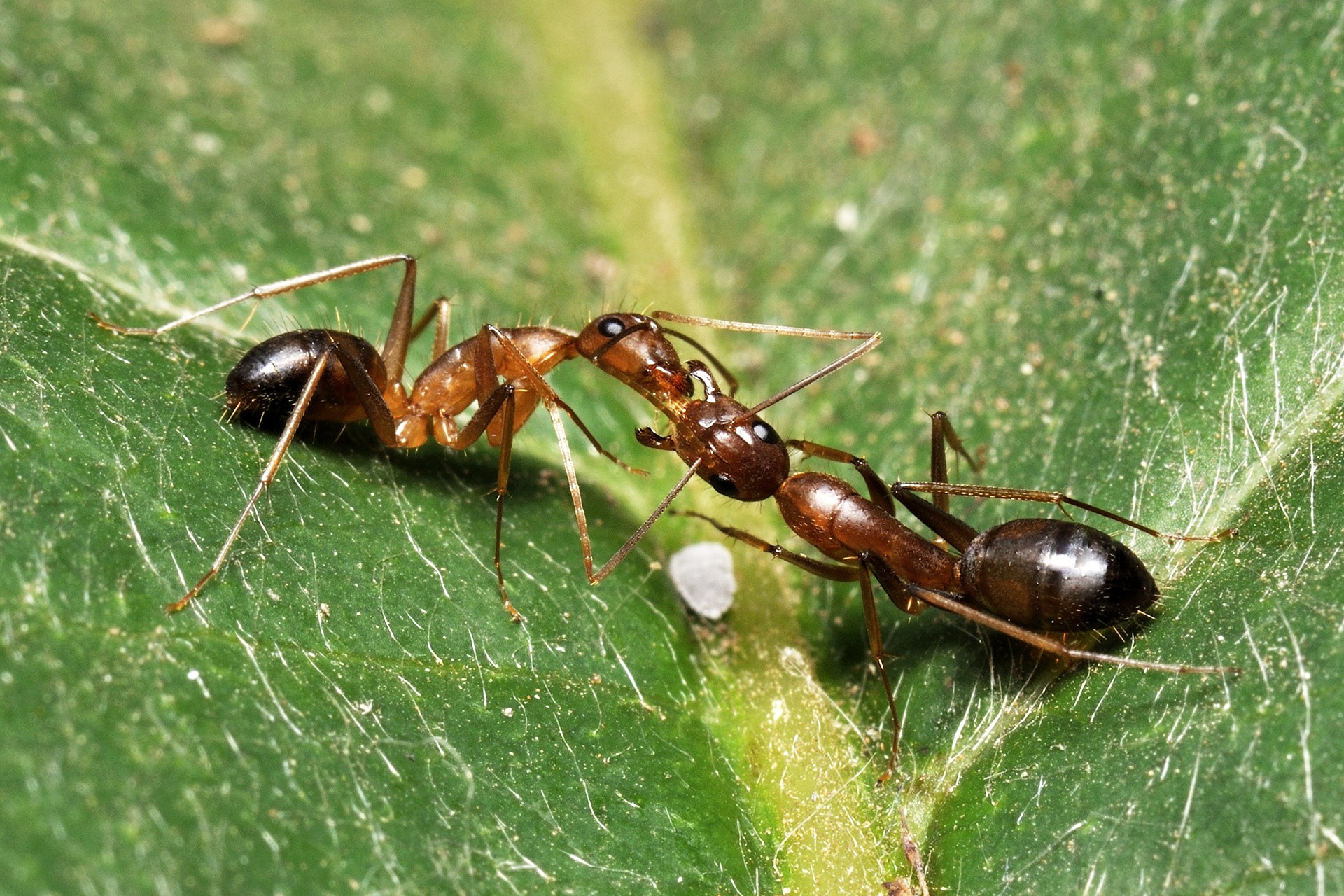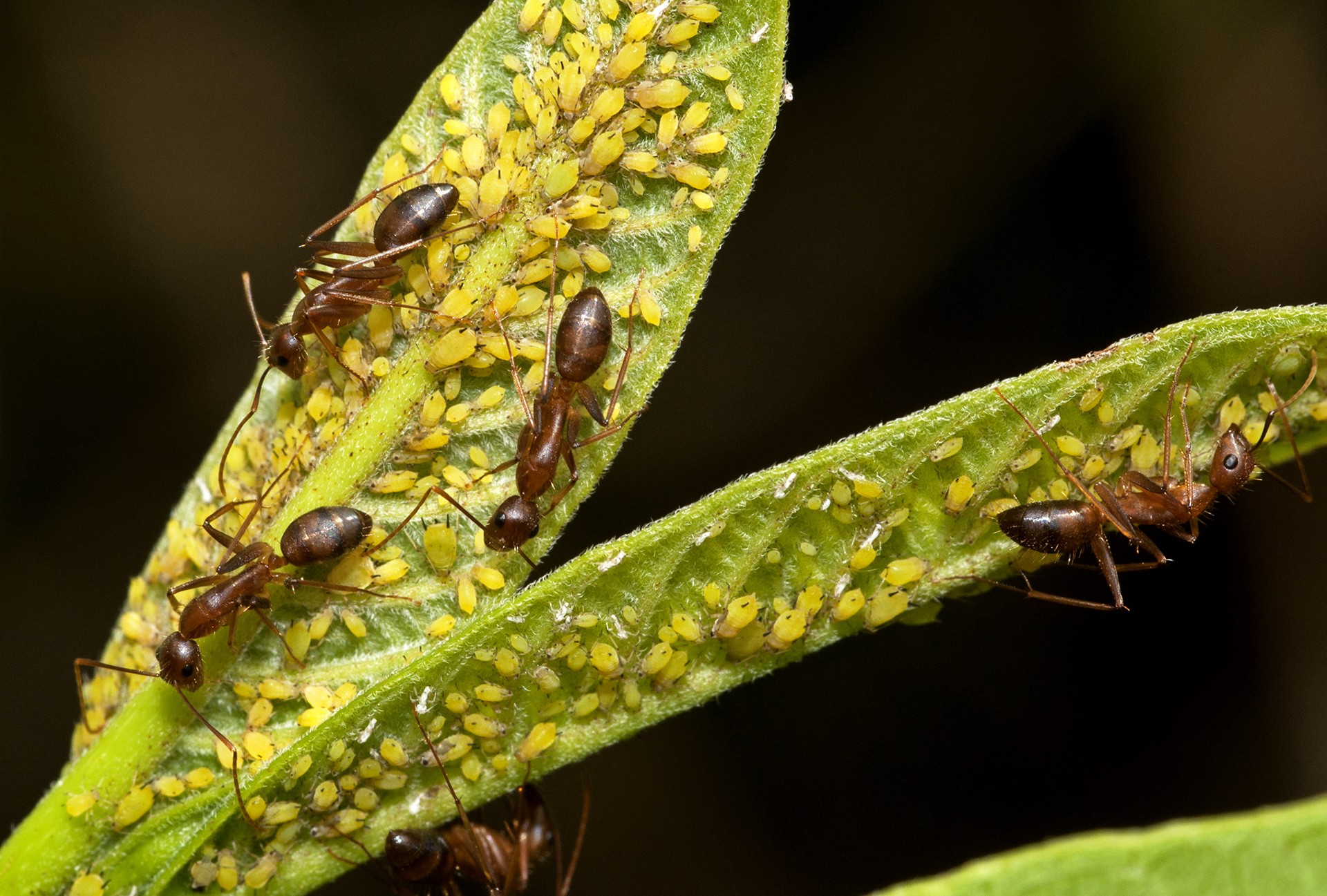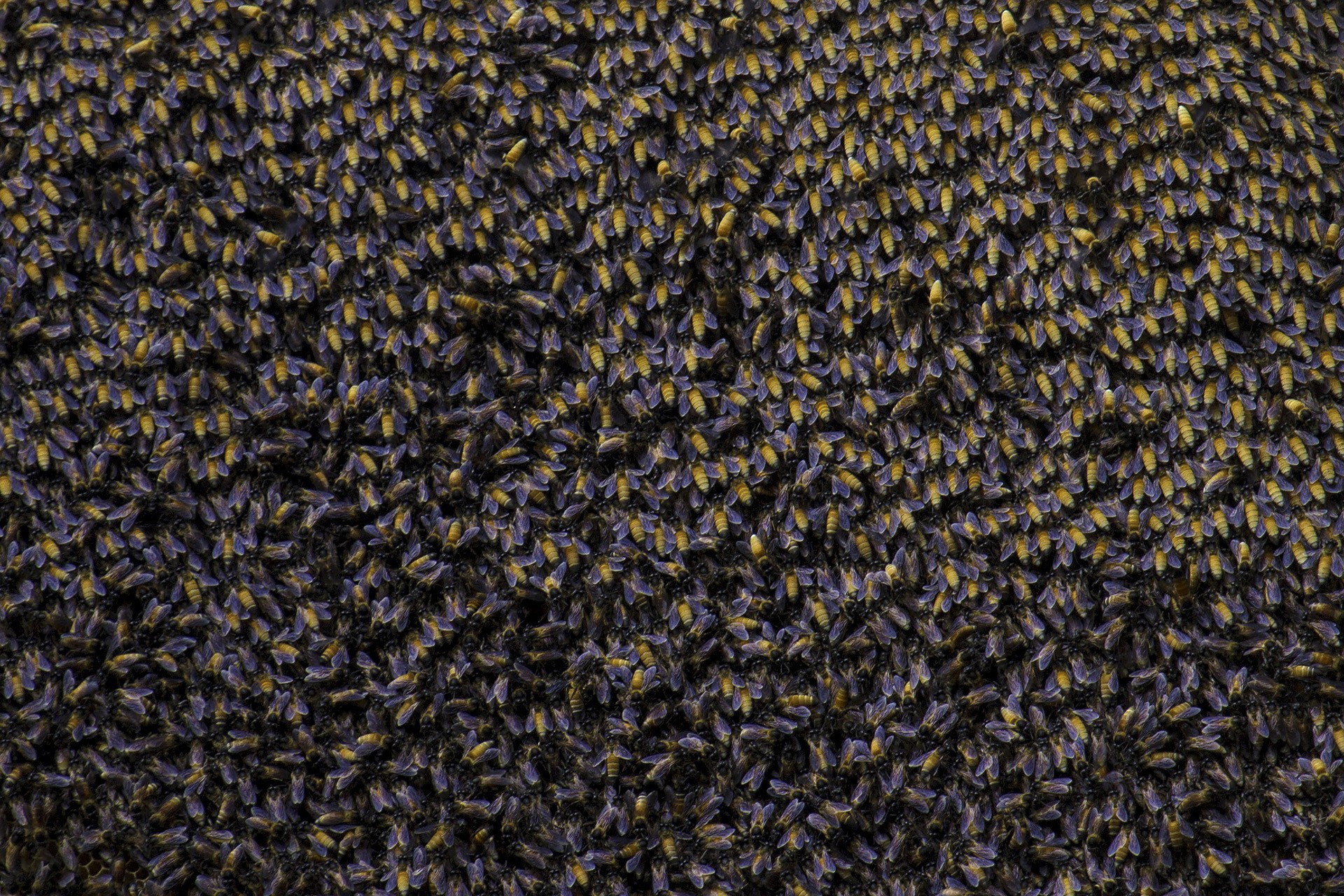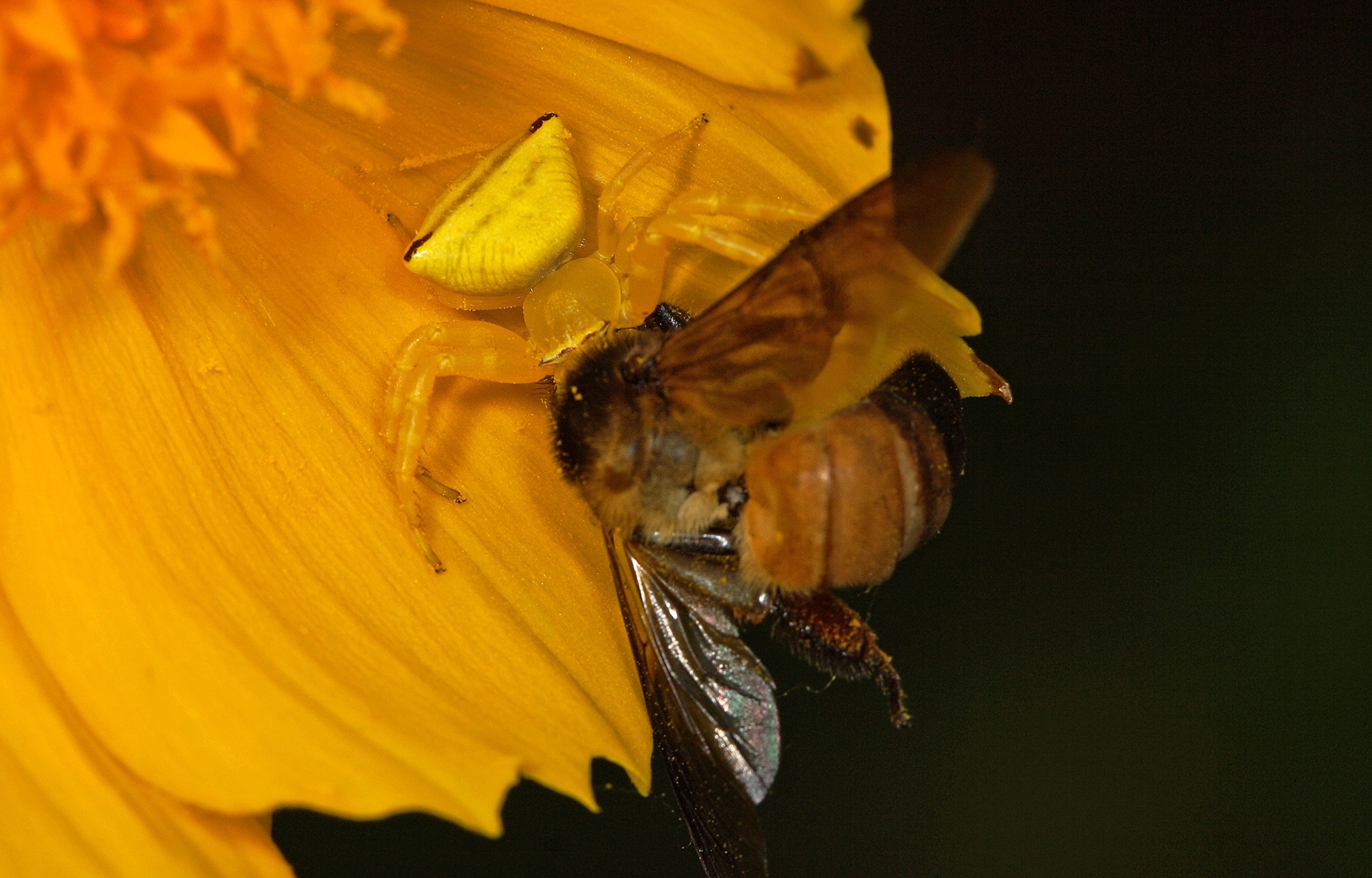I wonder how many of you have spent time watching ants as they go about. Have you ever tried dropping a few grains of sugar close to a trail of ants and watched a scout discover the sugar, and communicate this find to the other workers until more of them gathered to cart away all the sugar crystals?
When we spot ants at home, our first thought is to find a way to get rid of them. These days, we use one of those noxious cans that spew strong smelling chemicals and can kill a lot of things besides the ants. In the past, people resorted to more subtle methods to keep ants away, like sprinkling turmeric powder around the ants’ nest. But let us not forget that people in those times were not particularly averse to the presence of ants. In fact, most of the time, they were quite tolerant and did little things to encourage the ants – like making rangolis with rice flour, for instance.
One of the most common ants that you can spot at home is the ‘smelly ant’ – a very tiny black ant with a white abdomen. This ant regularly visits any food item that it can access. If you kill one by accident, you will know why it gets its name. Perhaps one of the best methods to drive the smelly ant away is to expose it to some sun. If you try any other way, you’re at risk of making everything smelly and unfit for consumption.
If you carefully observe your surroundings, you can often find more than one species of ants in any household; like the tiny Fire Ant that gives you a nasty bite, the ‘long-legged tiny black ant’ (also known as the Crazy Ant) that tickles you, the ‘large black one’, and the ‘large red one’ too.
You can spot ants even in the smallest of gardens. The garden could have a lot of plants or it could just comprise a few potted plants in the balcony of an apartment. If ants decide to live in a garden, you will see them excavating earth to build their nests. However, if they decide to dwell in pots, you can observe them dislodging grains of soil from the drain hole of the pot in the process of enlarging their residential chambers.
At times, a group of potted plants is more than adequate for ants to start a colony; they also find space under an undisturbed pot ideal for most part of the year. When it rains, however, you can spot them moving residence. They move everything – eggs, larva, and pupae!
You have better chances of seeing ants engaging in interesting associations with other little creatures if you are in a garden; or in a small park, for that matter. Observe shrubs carefully for ants actively running about plants. There is a good chance that you will see them tending to aphids or mealy bugs.
Ants are closely related to the omnipresent bees. Many species of bees, like ants, are social insects. These days you can find bees on ledges of apartment buildings – where they have taken to constructing their hives. Usually, this does not go down well with the human residents of these apartments and these hives are sprayed with chemicals, killing the bees en masse. Because we let fear get the better of us, we forget that bees are very important elements in our ecosystem and that we are dependent on them for our survival. Imagine, if bees weren’t there to pollinate, many of the fruits and vegetables we eat would not even exist.
The bees that escape this treatment often get attracted to lights in the corridors of apartment complexes. They fly around the lights and eventually die. If you manage an early morning peep down the corridor, you will find a number of dead bees. This is best done before the housekeeping staff comes along, or our friendly neighbourhood ants carry them away.
However, if you have a garden with flowers, you can be sure of attracting bees. It is fun to watch them go from flower to flower collecting pollen in their pollen baskets. You might even see them fall prey to Crab Spiders that lurk in the flowers.
Whether you are interested in ants or bees, you are in for surprises. Watch them, and you will realise that there is plenty for us to learn from them.
Guest Editor Diaries: Of Ants And Owls - Eight-year-old Guest Editor Sachit Nandan Anand assigns stories to the NiF team.
How I Fell In Love With Nature - Eight-year-old Guest Editor Sachit Nandan Anand tells us how a trip to Coorg got him fascinated with all creatures big and small.
Hoot! Honey, I Found An Ant! - Bijal Vachharajani gives us a booklist to read up on ants, bees and owls.
Owl Away! - Abhishek Gulshan details the beauty of the Barn Owl.






